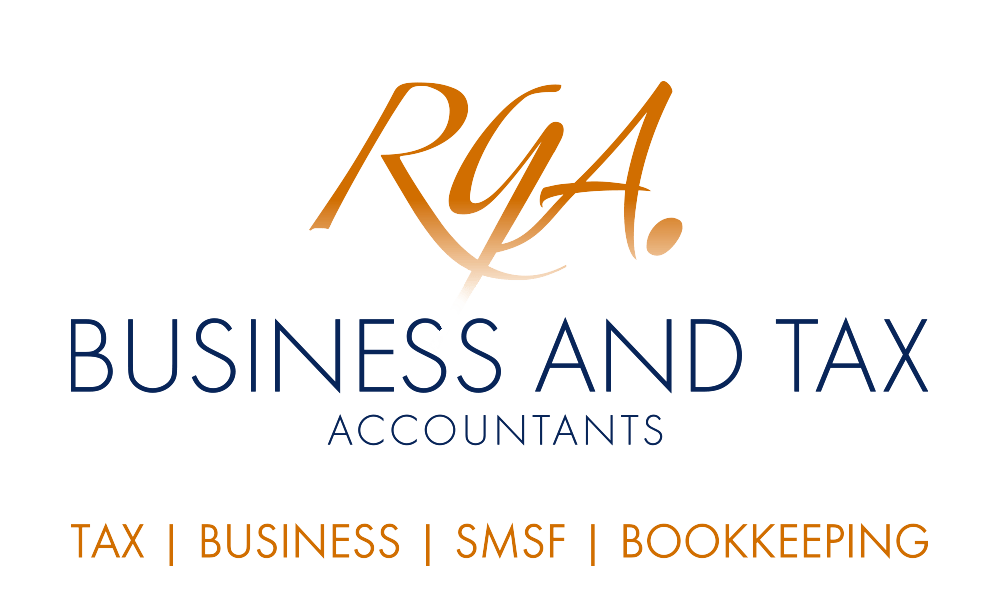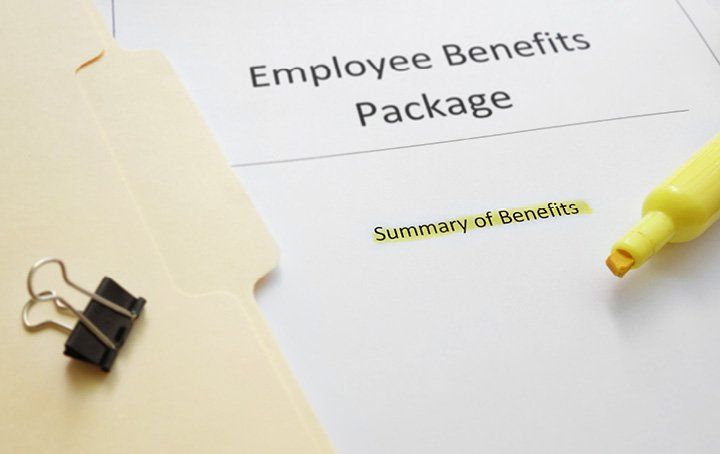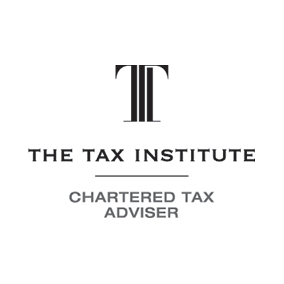ATO’s use of the GST Analytical Tool

Details have been released on the GST Analytical Tool used by the ATO in GST reviews and other assurance matters. Fundamentally, the tool obtains figures from BASs lodged and the financial statement of performance from an entity, and makes various adjustments in order to understand whether the correct amount of GST is being paid relative to the reported economic activity. While this tool is currently only being used for the Top 100 and Top 1000 GST assurance programs, the basic principle could be applied to all GST reviews.
The ATO has recently released details of one of its tools used to obtain assurance that business taxpayers are paying the right amount of GST, called the GST Analytical Tool (GAT). This tool uses a standard method statement applying a top down approach to identify and understand variances between accounting figures reported in financial statements, and GST figures reported in Business Activity Statements (BASs).
The GAT provides the ATO with an understanding of the reasons for the differences between accounting and GST figures as well as verifying them with objective evidence. In essence, it is providing ATO with a holistic view of the business, and assurance that the correct amount of GST is being paid relative to the economic activity reported.
Although at this stage the ATO is only seeking to apply GAT to the Top 100 and Top 1000 GST assurance programs, the general principle of the analytical tool could be applied to any other sized taxpayer to obtain assurance that the correct amount of GST is being paid.
In respect of the Top 1000 GST assurance program, the GAT will be used mostly for taxpayers that predominantly make taxable supplies. Taxpayers in the insurance and property sectors or those with very complex structures will be considered on a case by case basis by the ATO. For the time being, the ATO notes that industries which are predominantly input-taxed will be excluded from applying the current GAT.
According to the ATO, it will seek to apply GAT at an early stage in any GST assurance review to provide an informed basis to drive the program, therefore, the GAT will not be looked at as a standalone measure. It will also seek to obtain assurance over adjustments derived through the GAT.
The process begins with the ATO obtaining figures from both the BASs lodged and the financial statement performance (prior to adjustments). Adjustments are then made consisting of grouping variances, exports, GST-free sales, input-taxed financial supplies, sale of fixed assets, accrued and/or deferred income, and any other adjustments which may affect GST (ie rebates etc).
An effective GST expense rate is then calculated after the adjustments to work out the effective GST sales rate, effective GST expenses rate, and the effective net GST rate, as well as any unexplained dollar value variances. In this process, where all the variances can be explained, a “Stage 3 rating” will be achieved. This is predicated on many factors including the extent which adjustments can be assured directly from audited financial statements or GL codes in trial balances that are mapped to financial statements which could form the basis of sample testing.
In the course of a review, where there are adjustments that are difficult to support with objective evidence, the ATO notes it will seek to understand how the figure is derived and expect to see the calculations behind it. In cases where that approach is not possible, it will work with the taxpayer to agree on the most appropriate approach, as according to the ATO, the GAT process is collaborative.
Need assurance?
If you’re not sure whether your business GST processes are robust, we can help you to ensure that all transactions are recorded correctly. If you need help with your BAS or to get through a GST-review process, we have the expertise to make it easy. Contact us today.
Email us at Robert Goodman Accountants at reception@rgoodman.com.au . © Copyright 2021 Thomson Reuters. All rights reserved. Brought to you by Robert Goodman Accountants.















